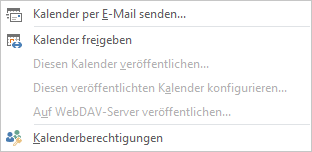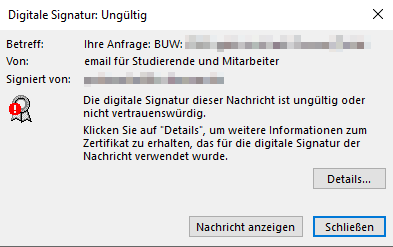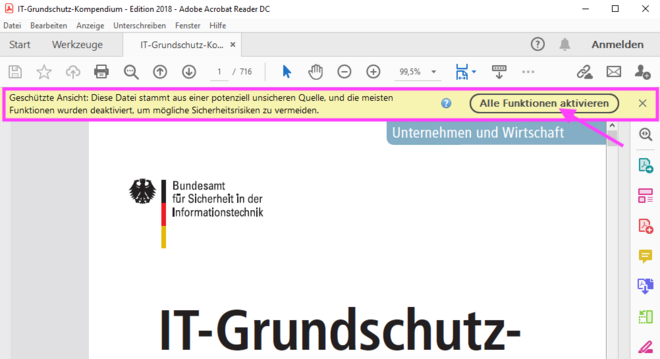Processes in research and teaching as well as in administration are increasingly dependent on the secure functioning of information and communication technology. At the same time, the number of potential threats is increasing by leaps and bounds. Bauhaus-Universität Weimar is taking this development into account by implementing the recommendations of the Federal Office for Information Security (BSI). The BSI is the federal government's cyber security authority.
Why BSI protection?
»The BSI's basic IT protection is a proven methodology for raising the level of information security in public authorities and companies of all sizes. The offerings of basic IT protection are considered the benchmark in administration and business when it comes to securing information and setting up an information security management system (ISMS). In this context, basic IT protection is also internationally respected due to its compatibility with ISO 27001.«
The recommendations of the BSI serve to protect against damage and are binding for all processes in which data with a high or very high protection requirement are processed. This also results in changes and restrictions to familiar programs and processes, which we would like to explain to you here.
Main implemented features
- A so-called TPM chip is installed in BSI-compliant, administered computers. A Trusted Platform Module (TPM) is a microchip on computers or in electronic devices. It provides basic security functions on a hardware basis and can generate cryptographic keys, store them securely or control their use.
- BitLocker encryption: BitLocker is a hard disk encryption that is used on the University's individual computers. BitLocker starts before the operating system and accesses the TPM chip by default.
- Add-in protection for Microsoft Office programs: Only defined add-ins can be used in Office products. Add-ins are ready-made functions or macros that can be included in programs and fully integrated into the main program.
- Encryption specifications for Microsoft Office programs were implemented according to the specifications of the BSI.
- Message format set in Outlook: E-mails are sent and received in plain text by default.
Changes to Microsoft Office programs
Changes in Adobe Acrobat products
Questions, support and contact persons
Do you have any questions or need further information? Please contact us via the SCC user service by mail, phone or ticket.









